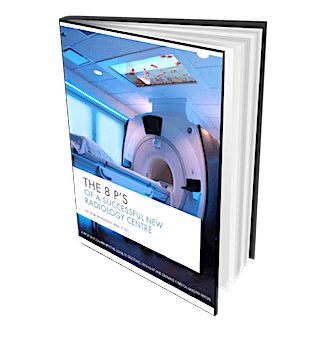r A well run constuction site involves procedures which must be followed to ensure safety, security and efficiency. The set of procedures is organised around 12 aspects which mainly address issues of safe work. In this article they are referred to as the 12 pillars of construction site management.
1.Health and Safety Management by the Head Contractor
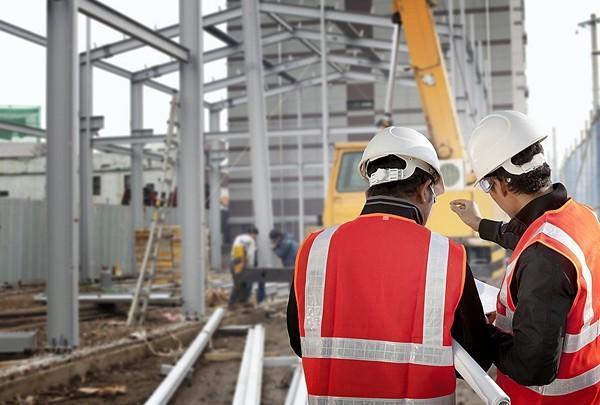
Larger construction projects often involve a head contractor as well as a variety of sub-contractors. Safety starts from the top, therefore head contractors must provide details of their OHS management structure, OHS record and their technical and commercial ability, for consideration when their suitability for the work is assessed. For exaple if the contract value/project value is $10M, the main contractor will be assessed for suitability of its OHS structure for at least that amount and all complexities and structures involved.
2. Documented OHS Requirements (Health and Safety Documentation)

The written contract, or in short term cases, in a letter of engagement to carry out the specific task, both must include commitment to meet contactor’s own OHS management standards and a reference to meeting Company’s OHS standards. In the case of a contractor not having their own OHS standards, a commitment to apply and meet Company’s OHS standards can be satisfactory in some cases. Overall, all parties need to commit to every aspect of a safe working environment.
3. Insurances, Licences, Registrations & Certificates.

The Company manager or supervisor must ensure that contractor’s or subcontractor’s employees holds the insurances, licences, registrations and certificates required by federal, State or local legislation. Collecting these documents is key even if throughout the contract and after completion of the project they are archived and never retrieved.
4. Pre-Work OHS Induction.

Before work is commenced, the building company manager or site supervisor should organise for the overall company OHS induction training and rollout schedule. Contractors and sub-contractors should not be permitted to start work until the company OHS Induction is successfully completed. This requirement is a very basic one, yet often ignored which increases the overall risk exposure of the project owner, builder as well as othe stakeholders. Experienced contractors and sub-contractors sometimes dismiss the induction process, as it does not contain any information they don't already know. Despite this, an induction should always be carried out.
5. Safe Work Policies and Procedures. Risk Assessment
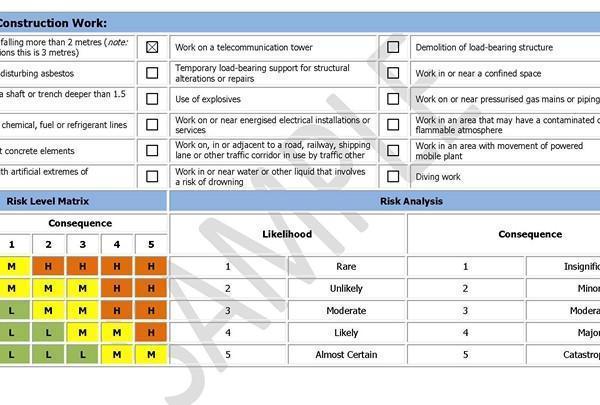
Where applicable, copies of the company’s written safe work procedures must be given to the contractors. Particular attention must be paid to lockout or tag-out procedures applicable during the project. Copies of the contractor’s written safe work procedures must be provided prior to any work being done. If contractors are undertaking a building company’s standard work tasks, general company procedures can be utilised by the contractors.
6. Supervision.
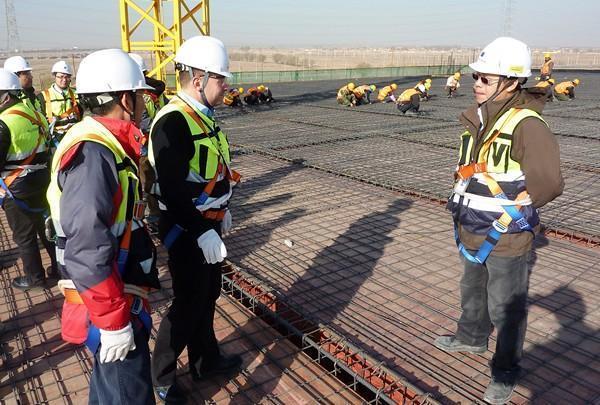
The construction company manager must arrange for the work of the contractor or subcontractor to be monitored to ensure their compliance with contractors documentations, safe work procedures, company standards and procedures, maintenance and correct use of tools or equipment and observance of good housekeeping.
7. Feedback.

If the contractor or subcontractor is not working to expected OHS standards, the manager or supervisor must discuss the deficiencies with the persons and work with the contractor to resolve the problems. At the completion of works or contract, where appropriate feedback is to be provided to the contractor on their OHS performance. OHS feedback does not always mean negative feedback. Often, an acknowledgment of a contractor's good OHS track record during construction is equally as important.
8. Reporting Incidents, Injuries and Property Damage.
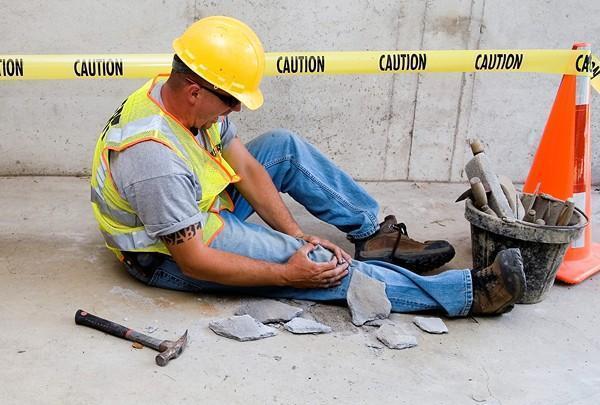
Contractors, subcontractors, or any other participants of the project should be advised during OHS Induction that all incidents, injuries or damage to property must be reported to the relevant person on site, for example site manager or supervisor. Contractors who fail to meet the reporting standard will often be subjected to company’s disciplinary processes. A basic outline of disciplinary procedures is good practice and can increase engagement and level of care and responsibility by all project participants.
9. Emergency Procedures.
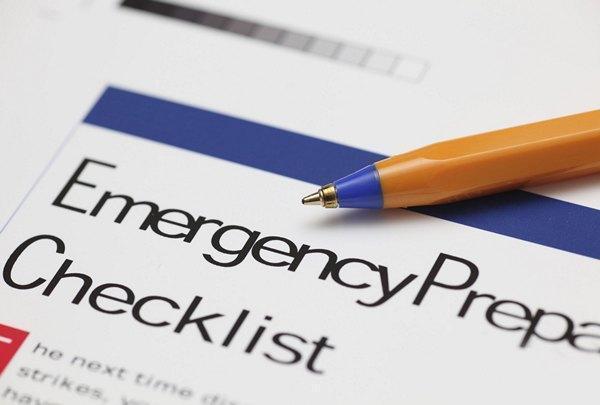
Emergency procedures must be explained to contractors and subcontractors during Company’s OHS Induction. Contractors and subcontractors will typically be required to take part in practice drills should they occur when the contractor or subcontractor is on site. If the contractor is undertaking any tasks, or brings onto site any toolsor product that may affect the site’s emergency management, the responsible contracting company should be notified prior to works to allow for a risk management strategy (and SWMS) to be developed.
10. Environmental Protection.

A building company’s environmental standards should be clearly outlined prior to contractor engagement with the contractor or subcontractor having a understanding that adherence to these standards is required. For example this applies to noise, dust, gas or fume emissions, water management, spillages, but also aspects such as the preservation of the local ecology. A strong commitment to envornmental protection is good business practice.
11. Property Security.
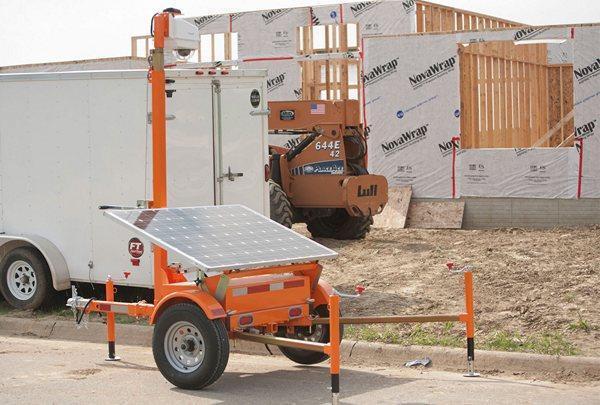
Contractors, subcontractors or other involved parties should always be made aware that they will be responsible for the security of their own property while on site. Additional monitoring and site safety tools and devices can often be used, however safety and security should always start from any individual personally protecting their goods and environment.
12. Drug and Alcohol Policy.
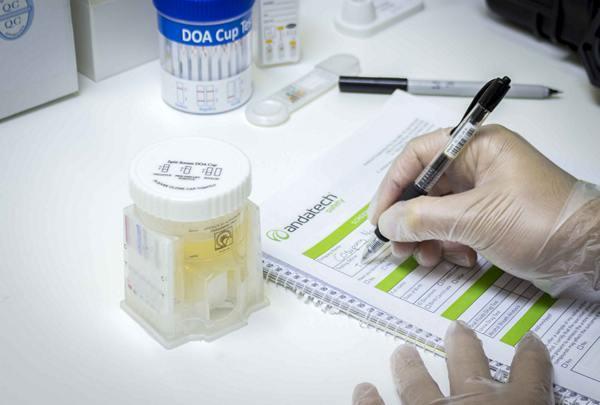
Contractors and subcontractors should be made aware of the details and the requirement to meet the contracting company’s drug and alcohol standard during the company’s OHS Induction. Any person found to be not conforming with the drug and alcohol standard will be immediately removed for the workplace and will often be subjected to the company disciplinary processes. Drug and alcohol alwyas pose a great risk to safety.
Overall, the 12 pillars can sometimes seem overwhelming, especially during smaller projects, however these are the basics and should be followed. A safety work environment starts "from the top" and should always end with every single participant of the project knowing and understanding what their individual rights an responsibilities are at any time during construction





